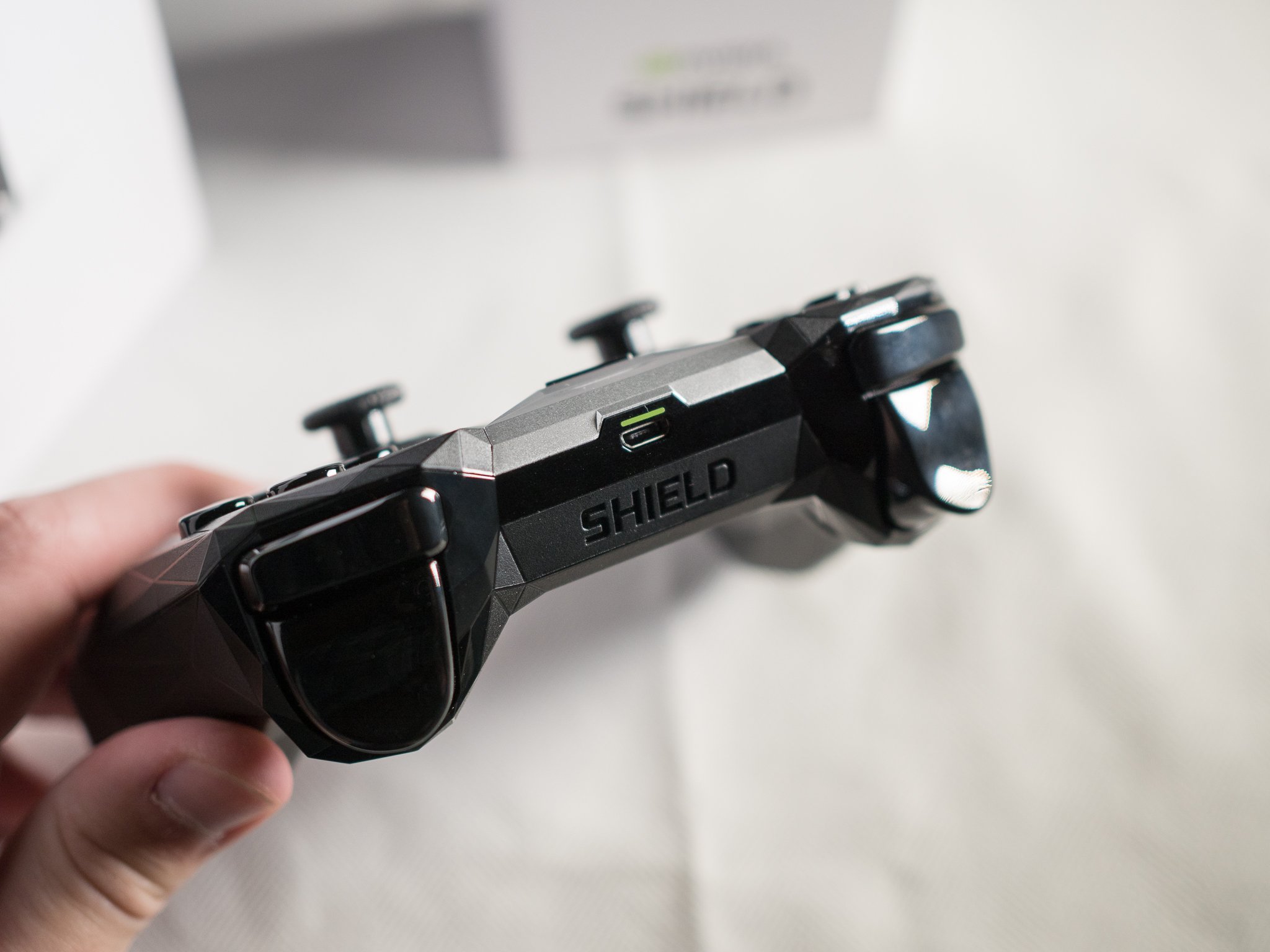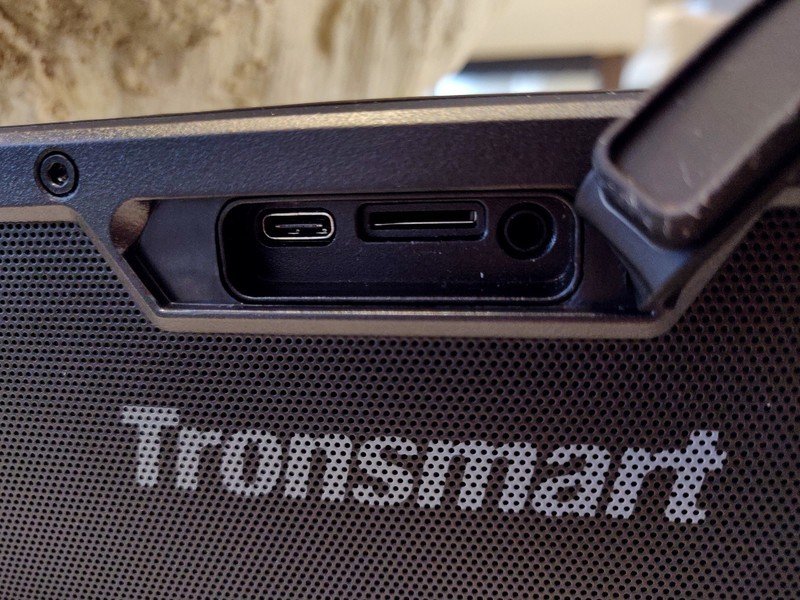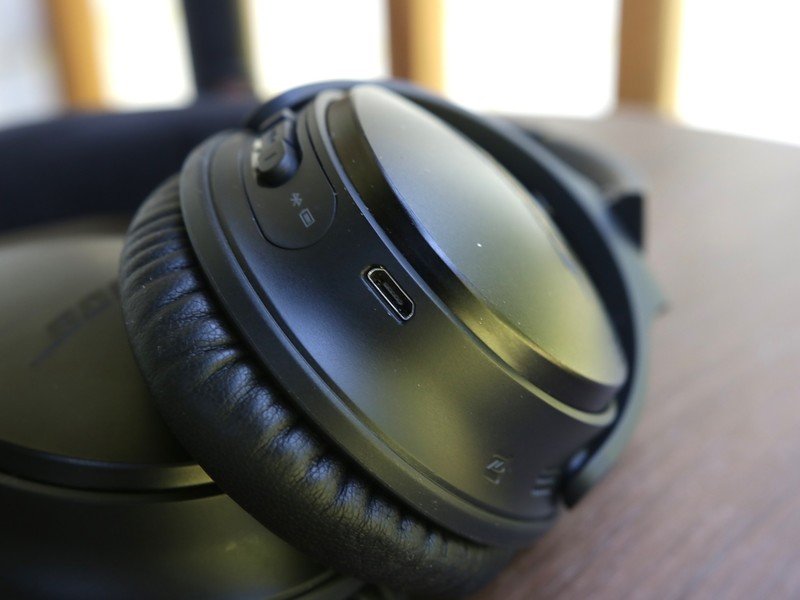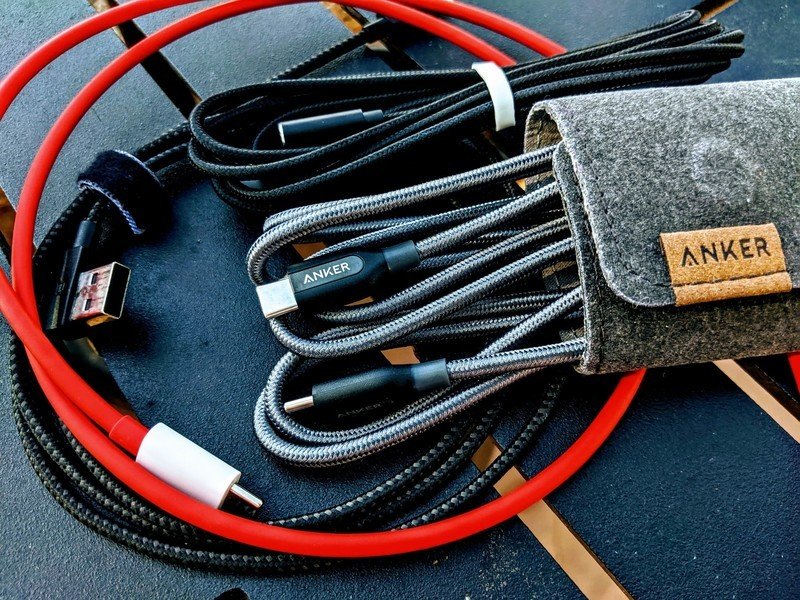It's time to stop buying products with Micro-USB ports

My constant companion during this very lonely spring of self-isolation has been my 2015 NVIDIA Shield TV — still going strong and still the only Android TV worth buying in 2020 — and I love everything about it, except when the controller batteries run dead. I never, ever game on my Shield, but the controller is the best way to navigate it and to use the hidden Disney+ controls.
I love my NVIDIA Controller except when it comes charging time, because it is now the only accessory in my daily gear that still uses micro-USB. From my phones to my headphones to speakers, chargers, and everything else in my gear bag and my home, I've switched to USB-C, and I highly encourage you to do the same.

Most Android phones left micro-USB behind in 2017; time for us to join them.
Apart from just being old and outdated, there are several reasons never to buy anything that needs micro-USB ever again, and the first one is the simple fact that it'll allow you to consolidate. I have one charger that I hang next to the couch and two charging cables on my standing desk: all are USB-C, meaning I can charge everything easily between the three of them, from my Chromebooks to my phones to all of the power banks, Bluetooth headphones and speakers I get sent for review.
This goes double for when I'm out and about. Whether I'm escaping my apartment to go to the Magic Kingdom for an afternoon — good gracious, I miss writing articles in the parks — or heading home to see my friends and family, I only need to have two USB cables in my bag: a USB-C to USB-C cable for Power Deliver charging and a USB-C to USB-A charger for non-PD devices. And I can get by with a single compact charger for all my needs, like the Aukey Omnia 65W Fast Charger.

Needing fewer cables and fewer chargers means that you'll need to buy or replace fewer chargers and cables, generating less e-waste and being better for the planet and your wallet at the same time.
If you need a reason that is a little less selfless than saving the planet, how about refusing to keel over to lazy manufacturers? Want to know the "real" reason micro-USB is still the go-to for most accessories and affordable electronics? It's real simple: micro-USB is cheap, so manufacturers save money by going with the older technology. Even tech giants like Amazon and Google penny-pinch on Kindle e-readers and the Google Nest Mini.

USB-C is an easy way to weed out crap devices.
I use USB-C as something of a spam filter when I'm searching for tech to recommend to all of you lovely folks. From wireless headphones to wireless chargers, it's a pretty sure bet that if it uses micro-USB, it's not worth my time or your money. The bar gets even higher for power banks — not only does a portable battery need to have USB-C input/output, but it also needs to support Power Delivery.
Get the latest news from Android Central, your trusted companion in the world of Android

Because accessories don't get pulled from retailers, the second a new version comes out, micro-USB is a good indicator of if a product is outdated. Take these two Anker Soundcore Bluetooth Wireless Headphones. The older pair may have more features, but it uses micro-USB, whereas the newer model you can tell is upgraded because it has USB-C fast charging. Even $300 Bose headphones are not immune from this time warp tomfoolery.
"Who cares if it uses micro-USB? I still have a zillion micro-USB cables cluttering up my apartment. This is the general sentiment most people have towards the old standard, and most manufacturers have it, too. Still, this excuse is no reason to perpetuate an older, less reliable standard and enable another generation of doomed devices that will break faster and end up in a landfill faster.

We have to demand it, loudly and repeatedly. We want USB-C for all the things, from our tiny True Wireless earbuds case to the biggest tablets and e-readers. Laptops have already come together on USB-C — though that's more of a necessity for higher-powered devices — and now it's time for the accessories to join them.
Do it for your sanity. Do it for the planet. Do it for your wallet.
Ara Wagoner was a staff writer at Android Central. She themes phones and pokes YouTube Music with a stick. When she's not writing about cases, Chromebooks, or customization, she's wandering around Walt Disney World. If you see her without headphones, RUN. You can follow her on Twitter at @arawagco.

